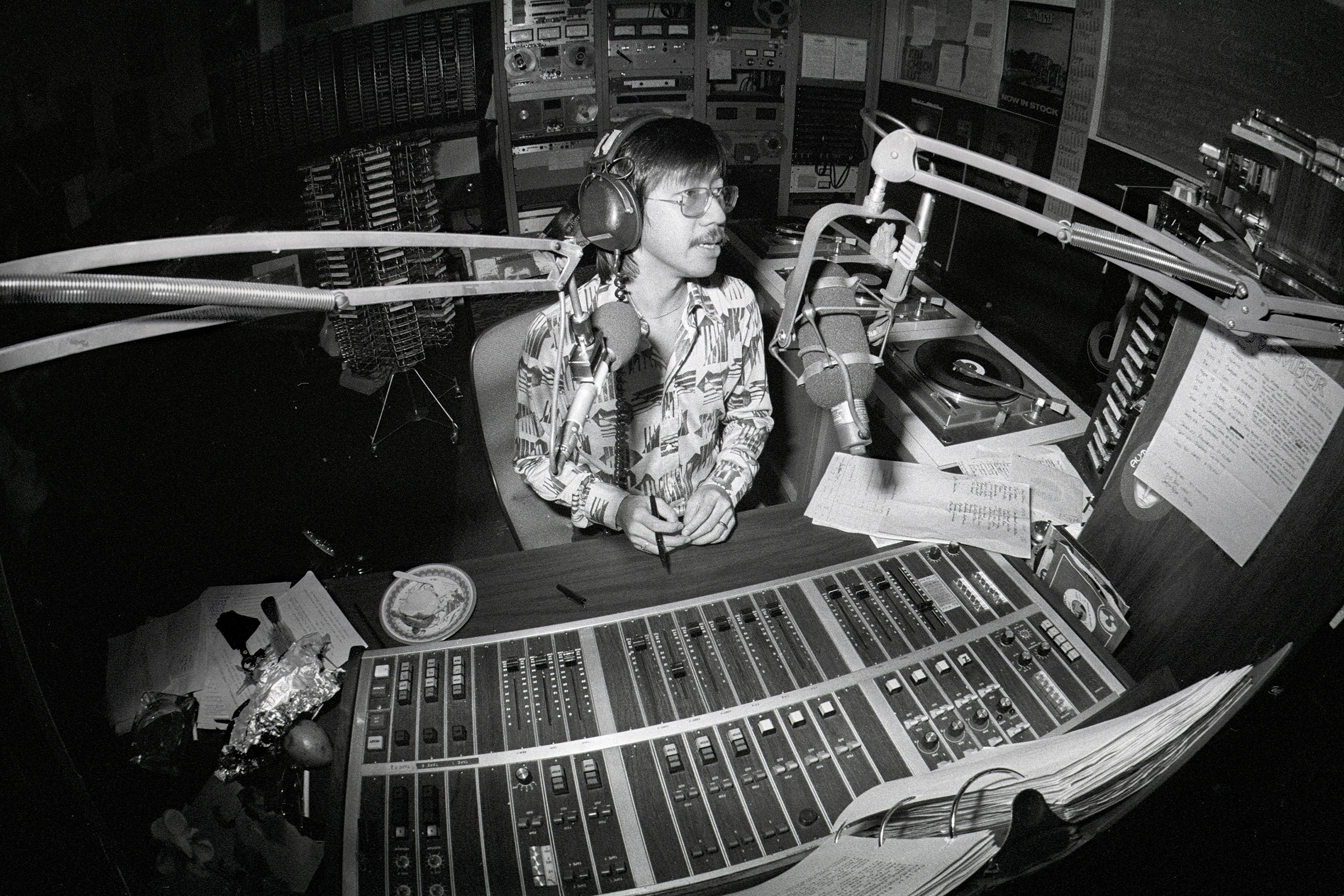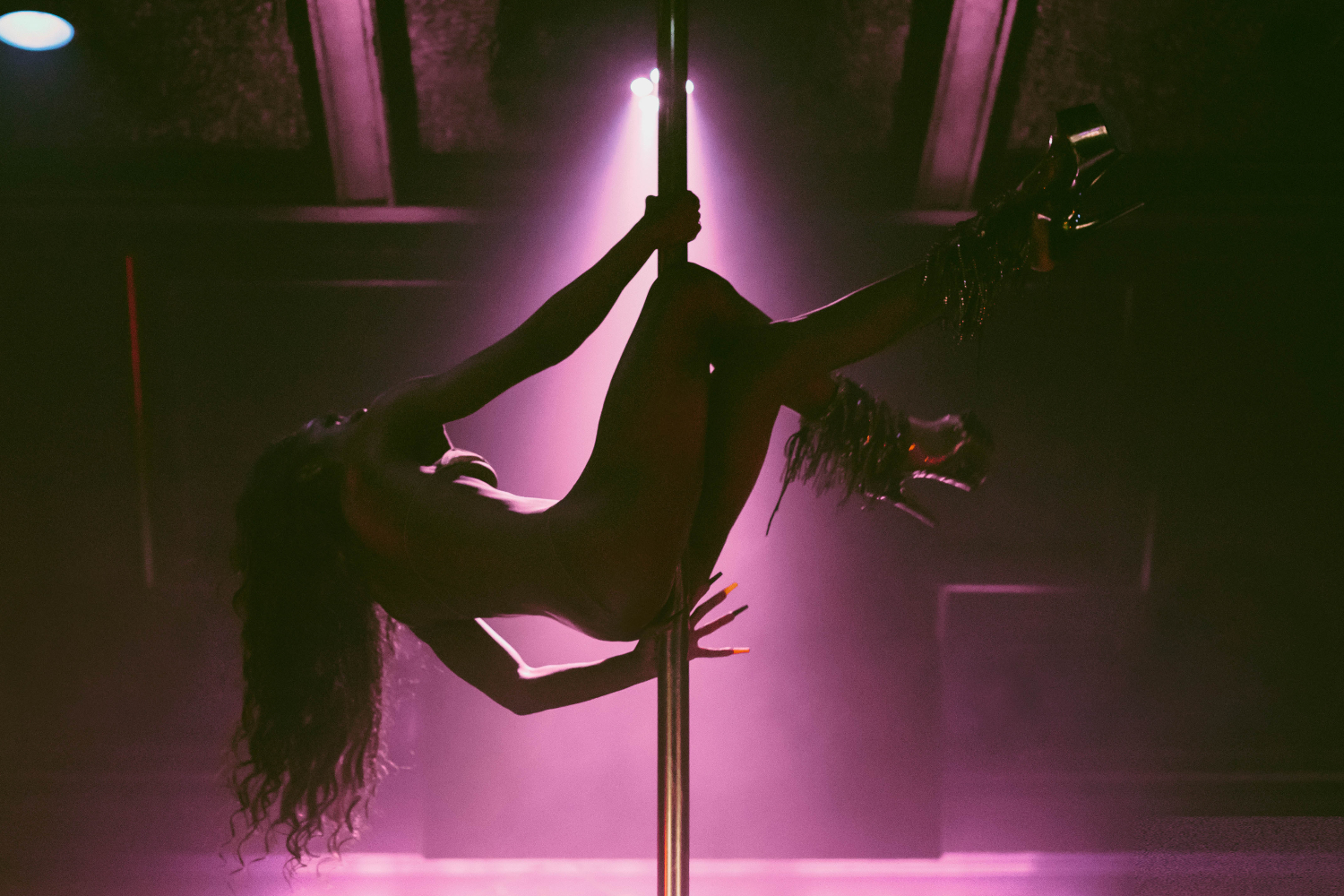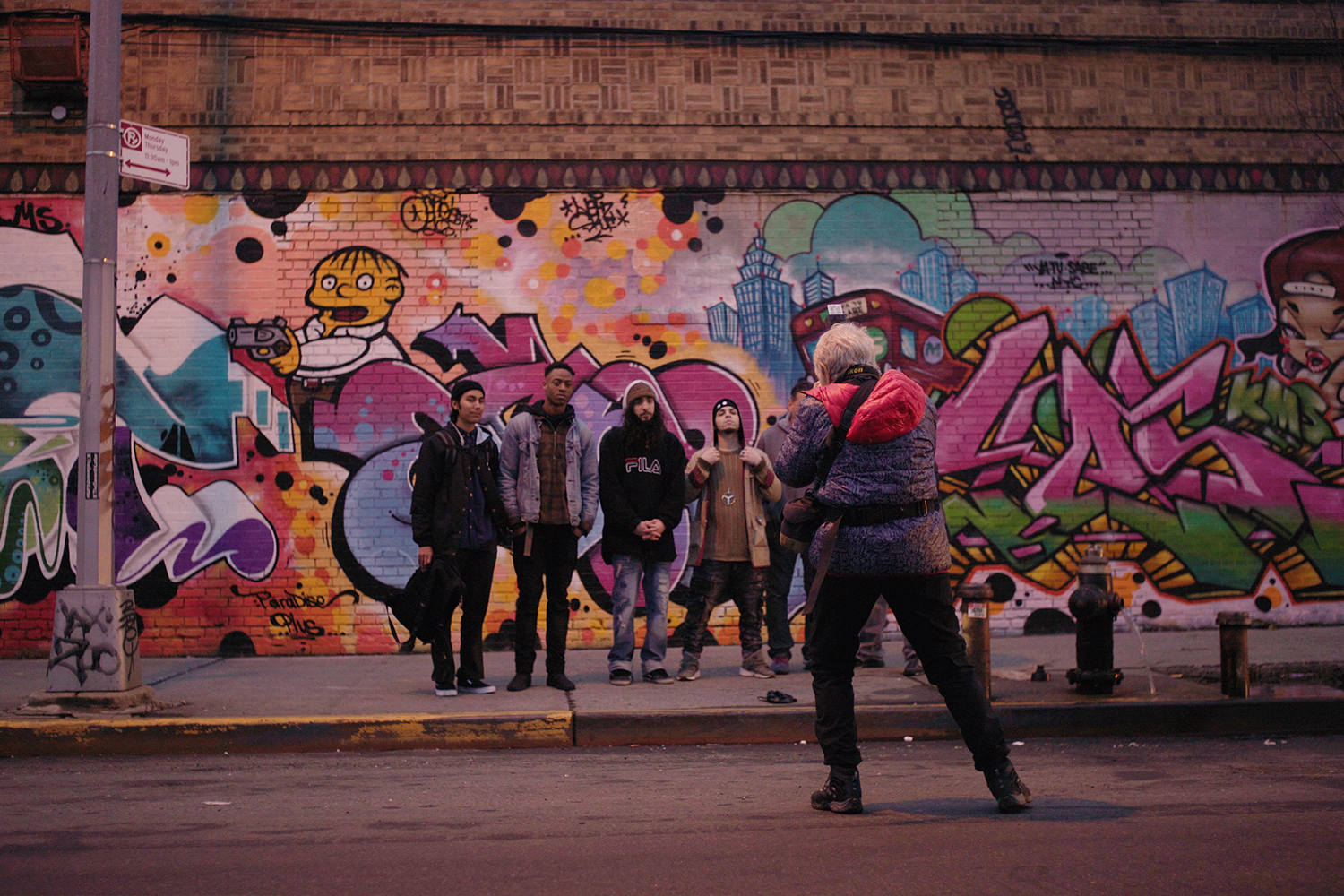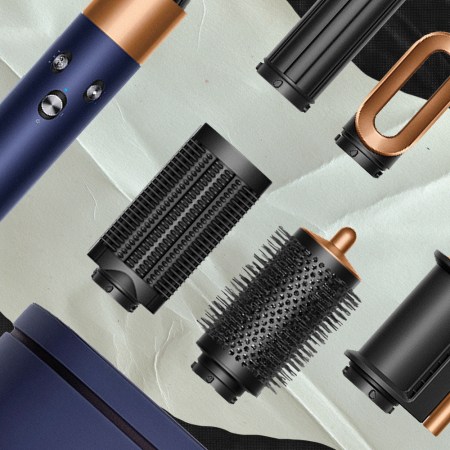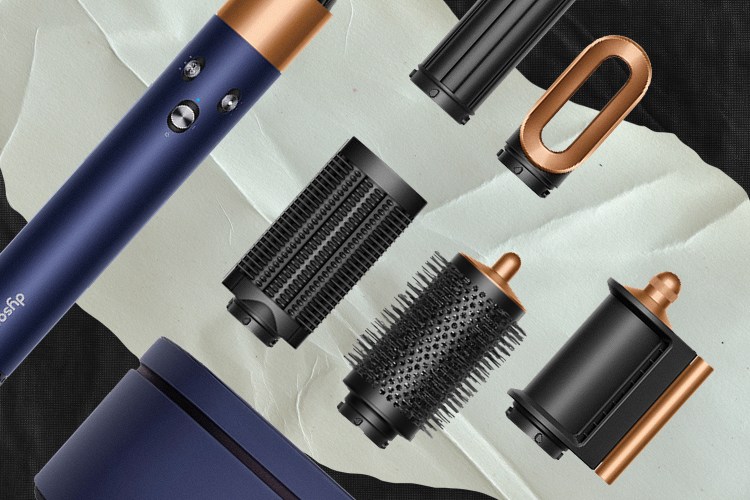There’s something so innocent to the sight of Mick Jagger on a lunch break in 1966. The now legendary lead singer of the Rolling Stones was in his early 20s, sitting in photographer Jerry Schatzberg’s studio on East 25th Street and Park Avenue in New York City. The Stones had released their first two albums just two years earlier. Here’s Jagger, on the cusp of entering the rock-and-roll stratosphere forever. And yet, at the dawn of it all, there is this quiet moment of truth. But that’s always what Schatzberg has been after: instants of sublime honesty that remind us that even the greatest icons are humans first.
Such is the nature of Schatzberg’s photography exhibition 25th and Park, now on view at Fotografiska in New York until March 5. Named for the location of the photo studio he occupied for 11 years, the space became both a site of memorable images and a salon of sorts to the glittering stars of the day, from Andy Warhol to Aretha Franklin. Their famous faces line the walls of Fotografiska’s sixth floor, and yet through Schatzberg’s masterful lens they are still, marvelously and by design, just people.
“I think I like seeing honesty and I like seeing the truth, and I think I bring that to my films and I bring that to my stills as much as I can. I don’t like superficial-looking things. I try in my films and my photographs not to have anything that’s superficial, so if I do I just get into a rage and tear it up, you know?” laughs Schatzberg, who is now 94. In a time when the celebrity image is so tightly controlled, it’s refreshing to see the people who have become culture’s brightest lights in more candid moments: Bob Dylan covering his eyes, Jimi Hendrix fixing his hair, Aretha mid-song.
“I love to find something that’s a little unusual, and you usually do when you look for the truth. If you’re looking to make something up, well, then it looks like it’s made up, you know … People themselves bring their own character to the photograph … I like that and I just take advantage of that and it just seemed to work,” he says.
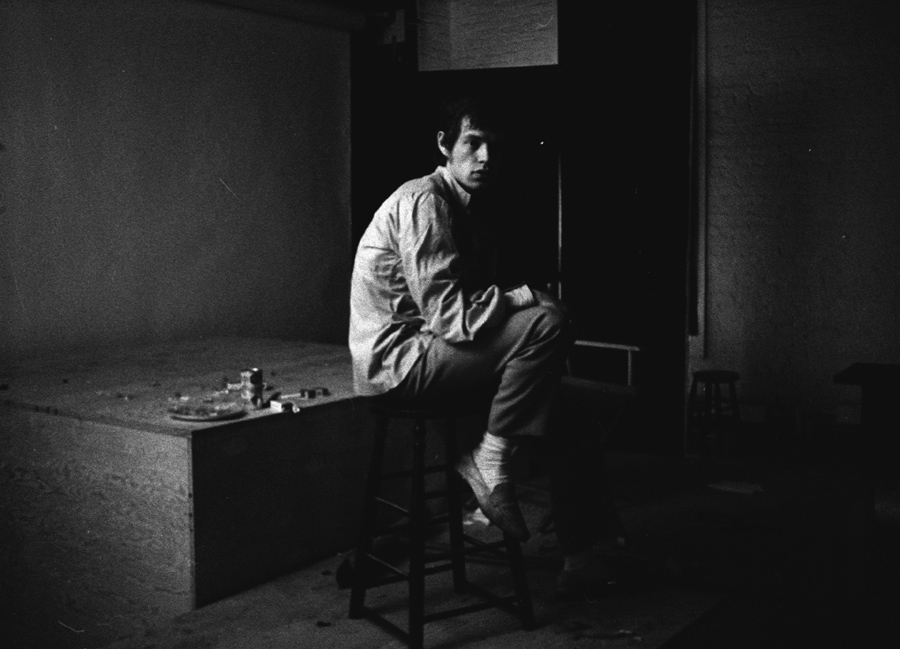
His tales of the images on view reflect both the character of his subjects and their environments. He remembers the urgency and energy of the Beatles at Shea Stadium (“I was so enchanted with the audience. They were just fantastic, they were crying, they were laughing, they were so emotional,” he says); Aretha Franklin, one of his idols, singing during the length of their sitting; Frank Zappa and the Mothers of Invention among heaps of fruit, vegetables and garbage parodying the Beatles’ Sgt. Pepper’s Lonely Hearts Club Band, with a guest spot by Jimi Hendrix. (“Jimi had just come back from London and we called him and he said sure,” Schatzberg says. Can you imagine just casually calling up Jimi Hendrix?)
This interest in honesty, by Schatzberg’s own description, is in part due to growing up in the Bronx. “I grew up with real people and I think that has a lot to do with my work,” he says. When he first became a fashion photographer in the 1950s, the kinds of images desired by magazine editors were a lot different. There had been a holdover in image style from the 1930s and 1940s, when models and photographs were much more staged. By the time Schatzberg was shooting for Vogue, however, the magazine’s famed editor Alexander Liberman was asking for movement.
“When I got into fashion, you start out with what you see … I would use the models that were being used and they’d pose in different ways, and I just wanted them to be much more real than some of them actually were,” he says. To counteract this, he remembers bringing some of them to his public school in the Bronx to take pictures. As the 1960s began, there became even more freedom. He could shoot, for example, iconic 1960s model Peggy Moffitt with a piece of black lace over her head leading a chicken on a leash through a park.
His interest in looking beyond the superficial also led him to a longtime collaboration with Bob Dylan, who featured Schatzberg’s image on the cover of his 1966 album Blonde on Blonde. But he also photographed practically every major celebrity from the era. His images are a dizzying cyclone of glamour, documenting the visages of everyone from Gloria Vanderbilt to Edie Sedgwick to Harry Belafonte and countless others (check out his Instagram for a more-than-superficial smattering). Schatzberg’s photography has since been on view in international museums and festivals, from France’s Les Rencontres d’Arles Festival to the Brooklyn Museum to London’s Victoria & Albert Museum.
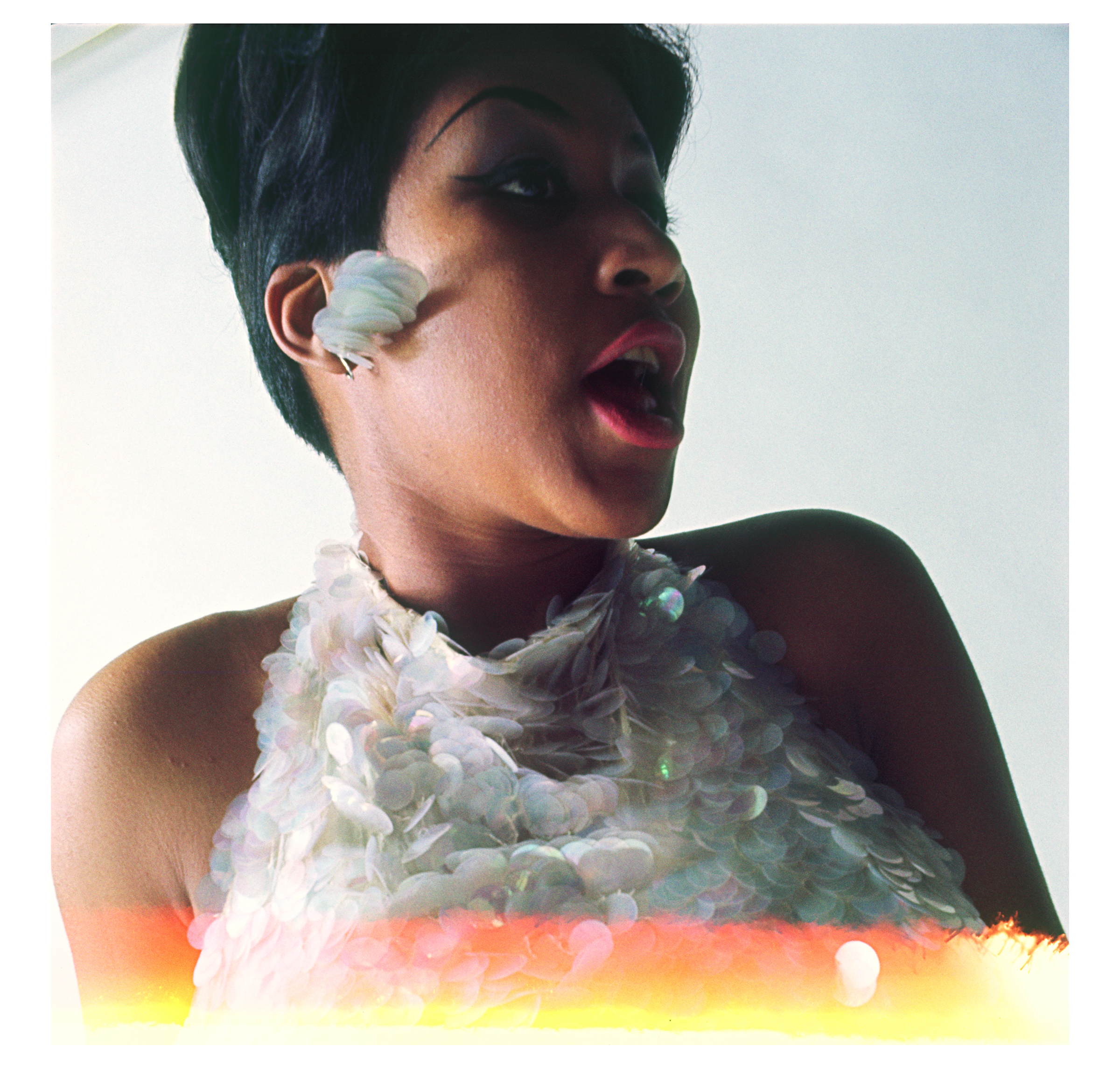
In the 1970s, Schatzberg’s penchant for realism also led him to become a lauded film director. 1971’s The Panic in Needle Park, for example, is still noted among the most accurate cinematic representations of heroin addiction, and both the film and Schatzberg as director were nominated for the Palme d’Or at Cannes upon its release. Similarly, Schatzberg’s 1973 film Scarecrow was also praised for its dedication to realism as characters Max (Gene Hackman) and Lion (Al Pacino) drift across the country. It won the Grand Prix International du Festival at Cannes in 1973.
Images from the timeline of Schatzberg’s photography career are on view in 25th and Park, an exhibition that’s been in the works since before Fotografiska even opened in December 2019. Fotografiska’s Director of Exhibitions Amanda Hajjar was in particular drawn to the way Schatzberg’s work deviated from the work of his contemporaries like Richard Avedon and Irving Penn. “Jerry’s really innovative and he’s a far more conceptual look at portraiture and fashion photography at this time,” she says, noting the importance of understanding Schatzberg’s visuals in the context of their time. It was not really a moment, for example, when you’d actively, purposely blur Bob Dylan, much less Sharon Tate in a bathtub, or put the Rolling Stones in drag, as Schatzberg does.
“Jerry’s got this off-the-beaten path, his angle is always a little bit to the side or askew or a little bit different than what you’re normally used to,” Hajjar says. Where Avedon might have a very confrontational, face-forward style, she continues, Schatzberg finds more space for his sitters’ personalities. The portraits that speak to him are the ones a little more off-kilter, a little more unusual. And the joy in the unusual is something she hopes visitors glean from the exhibition.
“I hope that [audiences] experience portrait photography, fashion photography in a slightly different way,” she says. “It doesn’t always have to be so obviously beautiful or obviously about conventions of beauty. I think Jerry’s giving us a new perspective on what fashion photography, even in the ’60s, can look like.”
This article was featured in the InsideHook NY newsletter. Sign up now for more from all five boroughs.

